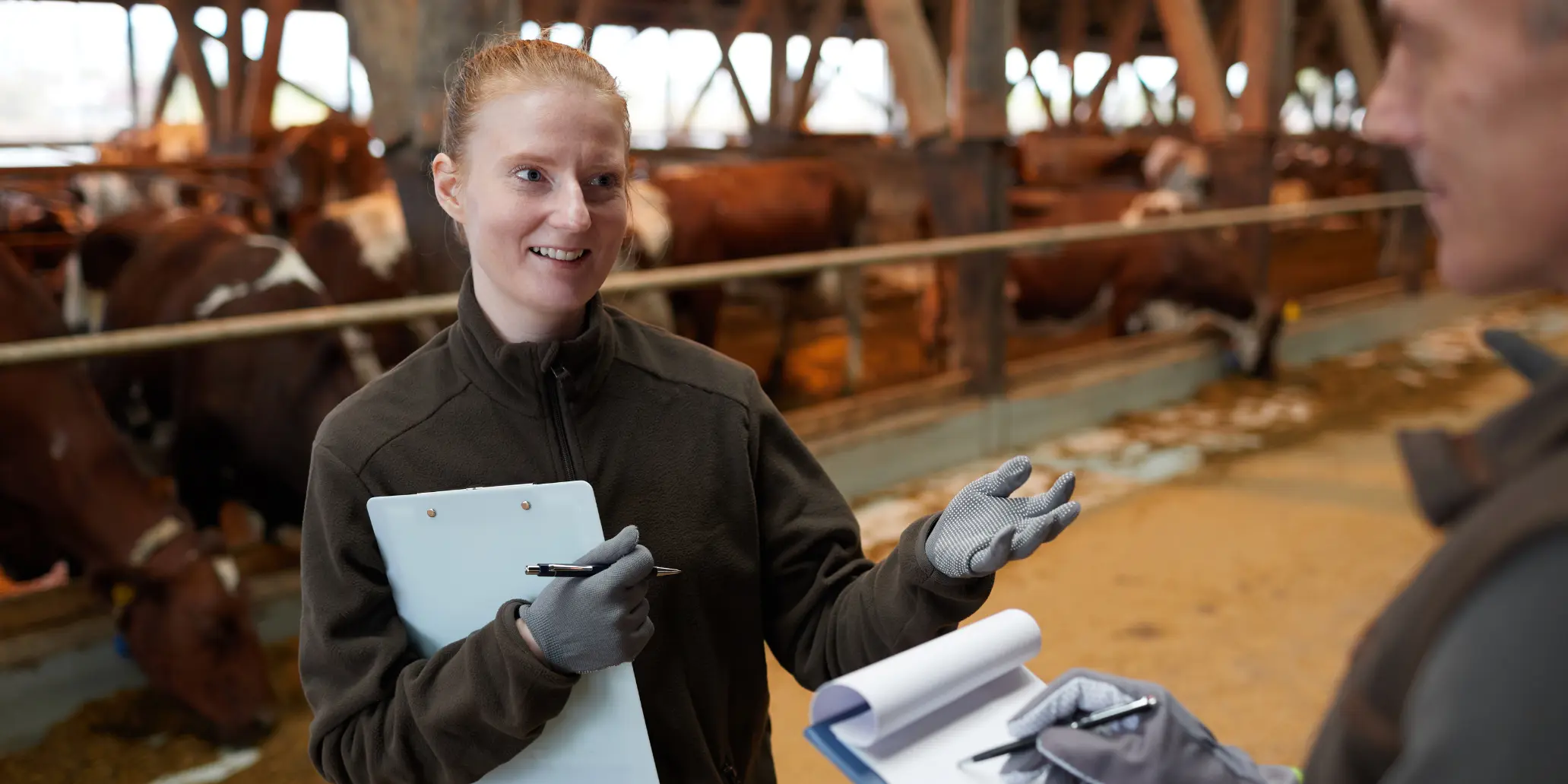Preparing your operation for a customer or customer-sponsored animal welfare audit can be intimidating the first time and time-consuming. Customers expect you to be audit ready at all times. An external audit can confirm and verify your animal handling practices if your program is robust, effectively executed, and monitored.
Here are a few items to review to help ensure a positive experience:
- Senior management commitment
- Risk Assessment and program development
- Employee training
- Self-audit results
- Preventive Maintenance/maintenance of all equipment
- Protocols for emergency situations
- Reassessment
Senior Management Commitment
The animal welfare program must start at the top with senior management's commitment to have a robust and sustainable program that they support 100% of the time. A program only on paper can create regulatory or customer issues for the facility. Senior managers who are engaged and support animal welfare programs are the ones that have the best success.
Risk Assessment and Program Development
Start at the beginning and have a skilled person or consultant complete an in-depth review of the facility's risk related to animal welfare. Once those risks are identified, build the program to control those risks, similar to how your facility developed the food safety programs to minimize risks.
Employee Training
It is vital to have appropriately trained employees. Over the last few years, there has been a significant change in the dynamic of employee retention. Many operations are short-staffed, making it even more difficult to keep the operation running with well-trained employees. Training frequency should be determined based on the job responsibilities and risks. Those employees with “handling” responsibilities have the highest risk to animals. Review your records to ensure employees are current on their required training, and make the records accessible for the incoming auditor.
Self-Audit Results
Ensure that your internal audit team consists of employees from all departments and are cross-trained so they do not audit their departments. Gather the team to review internal audit results and challenge the team to be extra thorough. Ensure the assessment of the results is as unbiased and honest as possible; the facility needs to be true to itself when reviewing your data. The internal audits should demonstrate findings with corrective actions and preventive measures to provide overall continuous improvement.
Preventive Maintenance/Maintenance of All Equipment
There is so much equipment and facility infrastructure that can affect the overall handling of the animals, and it is important to meet with the maintenance department and senior management regularly to ensure equipment/facility repairs and needs are addressed in an appropriate timeframe. Maintain a record-keeping system that is easy to review during an audit.
Protocols for Emergency Situations
Do you have emergency action plans for the weather? Downers? DOA’s? Power Outages? Review all of your protocols and run mock exercises regularly so that you are prepared in the event of an actual situation.
Reassessment
Complete a reassessment of your program annually and whenever program or process changes are implemented.
Whether your customer requires an announced or unannounced external audit, keeping organized and audit ready will help make the process go more smoothly and hopefully be less stressful for everyone involved, including the animals.
